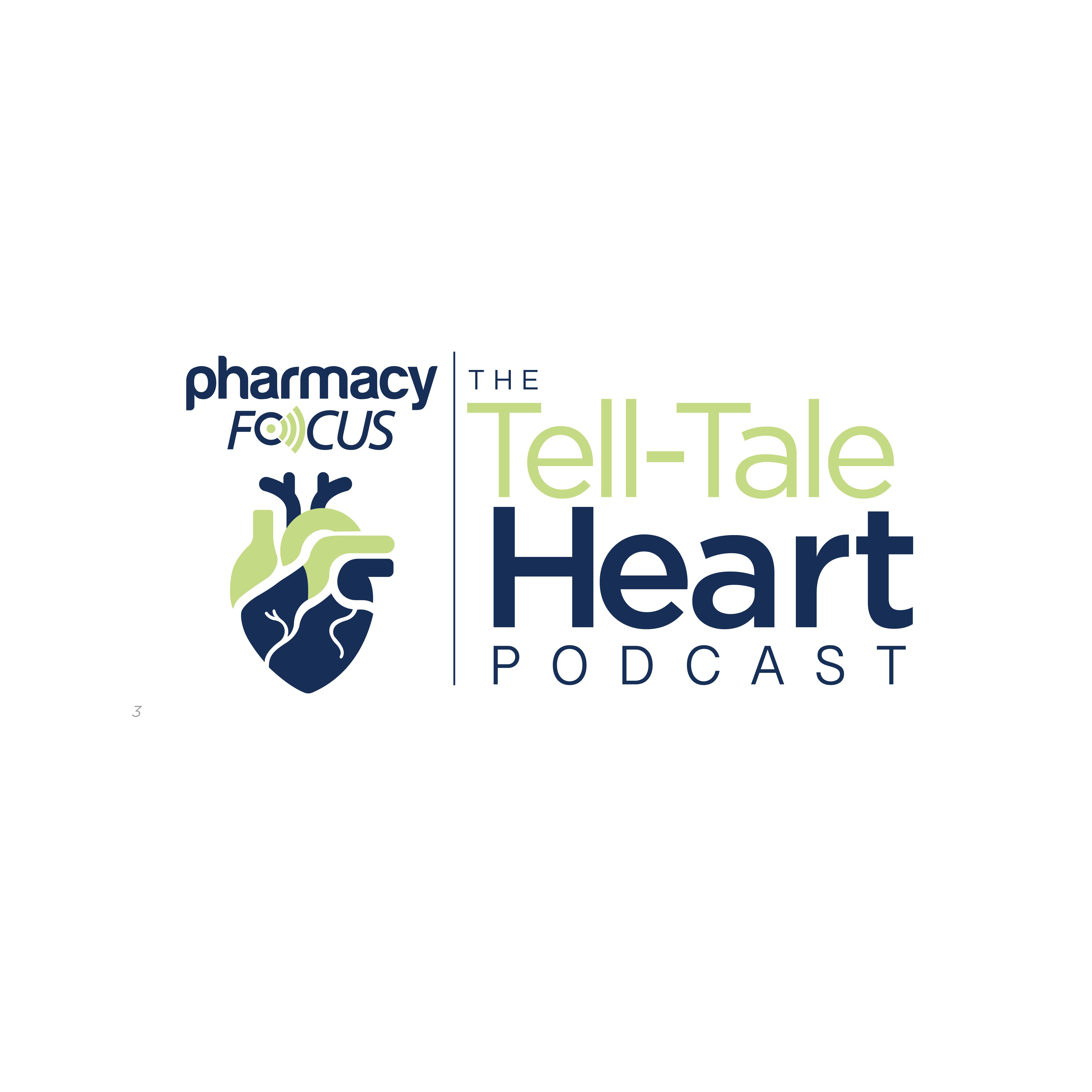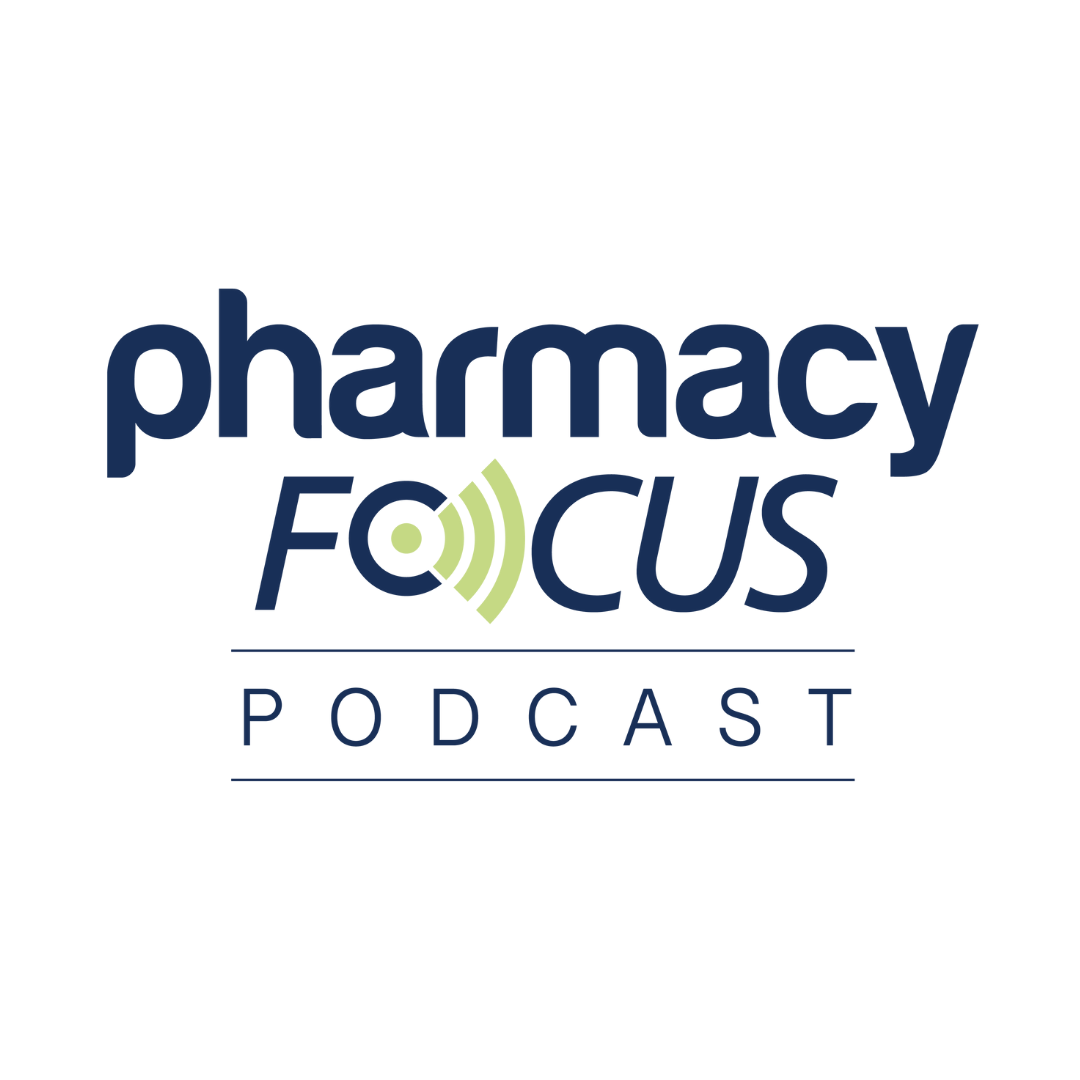News
Article
Analysis Indicates Highly Cited COVID-19 Research is Trending Downwards Compared to Early in Pandemic
Author(s):
Research shows a peak of highly cited COVID-19 studies at the end of 2021 and a significant downward trend by the end of 2022.
In response to the COVID-19 outbreak at the end of 2019, various research has been conducted worldwide to better understand the virus. Constantly evolving, the number of COVID-19-related publications now surpasses 350,000 studies; however, the COVID-19 pandemic has also been associated with an increased amount of waste studies that are poorly designed or conduct unnecessary research, according to the authors of a recent study published in JAMA Network Open.
Image credit: Prostock-studio | stock.adobe.com

The cross-sectional study examined prior (in the past 2 months) highly cited studies on COVID-19 to investigate research trends by conducting a bibliometric analysis. Essential Science Indicators (ESI) and Web of Science (WOS) Core Collection were used to find studies with a focus on COVID-19 that were identified as highly cited studies from Clarivate Analytics.
Studies were identified based on 5 selection steps: the authors extracted a total of 18 periods of highly cited studies from the ESI database bimonthly from January 2020 to December 2022; accession number; key words in the titles and abstracts; the number of researchers involved; and the same 4 researchers checked how many duplicates were counted between each period. Research that included keywords related to COVID-19 (e.g., “COVID-19” “coronavirus disease 2019” “SARS-CoV-2” “2019-nCoV”) in the text but did not investigate the virus were excluded from the analysis. To measure the trend of COVID-19-related research, the study authors used 3 different variables when assessing the research: the research fields variable (included 22 ESI categories [e.g., agricultural science, biology and biochemistry, clinical medicine, immunology]), the countries variable (countries of affiliation of all co-authors), and the affiliations variable (affiliations of all co-authors).
The study’s findings indicate that as the pandemic progressed, the number of highly cited studies focused on COVID-19 had significantly increased; however, after hitting a peak of 1292 at the end of 2021, the number of studies performed had begun to trend downward, reaching 649 studies from November to December 2022. Initially, China had the highest number of highly cited studies per 2-month period (138.3 studies), but the number had shifted, with the Unite States (159.9 studies) surpassing China (157.6 studies) per 2-month period in September to October 2020. Initially, most highly cited studies were in the clinical medicine field, but there was an increase in the number of publications from different fields during the observational period.
The number of studies published by China had declined significantly, decreasing from 179.7 studies in November to December 2020 to 40.7 studies by September to October 2022. Further, the top.5 institutional affiliations in May to June 2020 by highly cited studies per 2-month period were from China (Huazhong University: 14.7 studies; University of Hong Kong: 6.8 studies; Wuhan University: 4.8 studies; Zhejiang University: 4.5 studies; Fudan University: 4.5 studies), whereas in November to December 2022, the top 5 institutions were from the United States and United Kingdom (Harvard University: 15.0 studies; University College London: 11.0 studies; University of Oxford: 10.2 studies; University of London: 9.9 studies; Imperial College London: 5.8 studies).
The authors note that like the current study, a prior analysis had found the United States steadily increased in the number of studies, passing China who initially led COVID-19 research. Further, this study found that the UK had showed the opposite trend and started with a slow pace of publications until gradually increasing its contributions as the year progressed. Additionally, another study had examined the association of publications centered around COVID-19 with overall publication rates in high-impact factor journals and found that COVID-19 studies had accounted for approximately 10% to 50% of the total number of publications in each high-impact journal from 2020 to 2021, with a gradual decline observed at the end of 2020.
Another study had reported that an increase in COVID-19 cases in a region or country was associated with an increase in research activity focused on COVID-19. The authors believe that the association is due to the need for data and increased government funding in COVID-19 research to gain control over the pandemic.
The current study’s findings of gradual downward trends in highly cited COVID-19 studies may also be associated with a decrease in attention to COVID-19 research, suggesting that investigators have better knowledge of the etiology and treatment of COVID-19. Changes in distribution, top affiliations, and research fields of highly cited studies suggest there is a gradual shift in interest in COVID-19 research toward more diversified and broader research areas. In the future, the current study authors predict there will be a sustained reduction in the number of highly cited studies on COVID-19.
Limitations of the study include the wide use of fractional counting making it difficult to properly compare results with other research, the limitation of using the top 0.1% of citations that is not an accurate representation of all published literature, and the use of ESI categories to define research fields that do not classify highly cited studies in detail. Additionally, the study provided a broad overview of identified trends in COVID-19-related highly cited studies, rather than a detailed analysis, according to the authors.
Reference
Funada S, Yoshioka T, Luo Y, et al. Global Trends in Highly Cited Studies in COVID-19 Research. JAMA Netw Open. 2023;6(9):e2332802. doi:10.1001/jamanetworkopen.2023.32802
Newsletter
Stay informed on drug updates, treatment guidelines, and pharmacy practice trends—subscribe to Pharmacy Times for weekly clinical insights.






